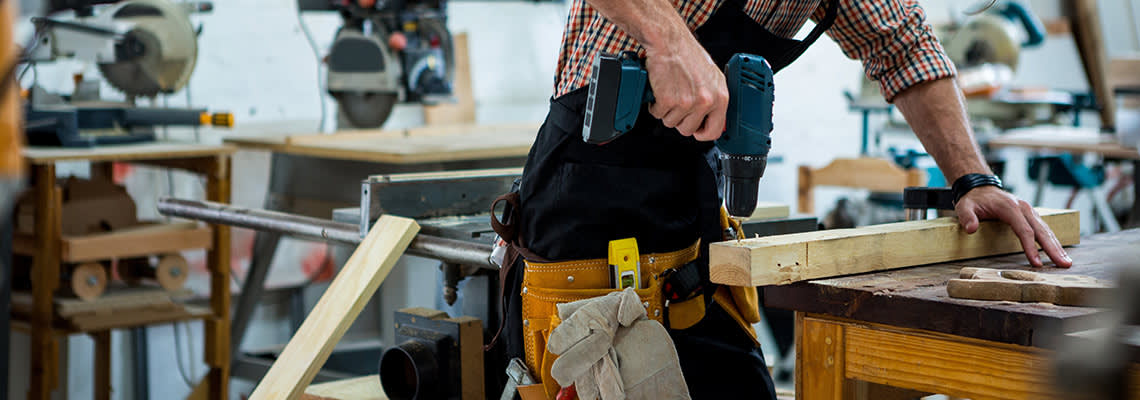
The Importance of a Prototype
Inventors and designers seeking to patent their creations often ask whether it is necessary to submit a prototype with their application to the United States Patent and Trademark Office (USPTO). The answer is generally no, though a prototype may help satisfy the agency’s requirement that patent applications be as detailed and thorough as possible.
Coca-Cola, for instance, had to actually manufacture its distinctive bottle design before it could obtain a patent.
The bottom line on submitting a prototype with your patent application often comes down to expense and practicality. If you plan, for instance, to license your patent to others for creation and manufacturing, then a prototype may be unnecessary in your case.
Dale J. Ream has more than 25 years of experience as a patent attorney as well as over 15 years of involvement in product development. He has helped hundreds of clients with their patent applications and can work with you to help you develop a prototype.
For all of your patent questions and concerns in or around Kansas City, Missouri, contact Ream Law Firm, L.L.C. The firm also serves clients throughout the Kansas City metro area, including Johnson County, Kansas, and Jackson County, Missouri.
What Is a Prototype?
If someone mentions the word prototype, most people would probably imagine a miniature or full-sized replication of a product or design that they can touch and feel. While this type of prototype may be invaluable, such as the Coca-Cola bottle, modern prototypes are more likely less full-blown.
A patent prototype nowadays is generally a model, first creation, draft, or patent drawing of an invention or design. Prototypes are often computer-simulated rather than being actually produced as a model or workable version. Another option is a paper-based prototype that does not allow for any human interaction, as would be the case with a computer-generated prototype.
These two types of prototypes are known as low fidelity and high fidelity. Low fidelity is the paper-based version, which could range from a hand-drawn mock-up or sketch to a full printout. A high-fidelity prototype is computer-based, allowing interaction via the keyboard and mouse.
The Benefits of a Prototype
The most obvious benefit of a prototype is that it helps fulfill the USPTO’s requirement for complete details on your invention or design. Though it is not required, a prototype may improve your chances of securing patent rights. We’ve all heard the saying, “A picture is worth a thousand words,” so even a low-fidelity prototype can help explain your creation.
With a low-fidelity prototype, one of the main benefits is that you can use the drawing or printout to discuss and implement design changes and see whether there are features that need to be added. With a high-fidelity prototype, you can actually test the product and design features through simulations.
A prototype can also help identify issues with the invention or design before going into production, and it can also be used as an essential marketing tool if you’re hoping to license your patent. If you’re seeking investors for your product, a visual representation can go a long way toward showing the end product and convincing others of its value and usefulness.
When to Develop a Prototype
The question of whether you should develop a prototype for patent or development/marketing purposes often boils down to cost. Inventors and designers don’t always have the wherewithal to create a prototype. You may well want to create a prototype if doing so is not too time-consuming or costly. If a prototype can be done quickly for under $1,000, it certainly should be a consideration.
Conversely, you may want to skip the prototype stage if:
You don’t intend to produce the actual invention.
Your design is simple and easily understood through descriptions or illustrations.
You intend to license the patent to others.
The technology is uncomplicated.
How an Experienced Attorney Can Help
The patent process itself is not a do-it-yourself proposition. Just researching existing patents to see if your invention or design is truly original can be overwhelming, and research is the first step in the process. Then, as the USPTO examines your application, it may have questions and concerns that need answering. These steps all require the guidance and experience of a seasoned patent attorney.
Dale J. Ream is not only experienced in the patent process but also in prototyping and developing. He has the resources to not only help you get your invention or design approved by the USPTO, but also to help you take your creation to market through prototyping and other means.
If you’re located in or around Kansas City, Missouri, contact Dale J. Ream with all your prototype and patent questions at Ream Law Firm, L.L.C. The firm also serves clients throughout the Kansas City metro area, including Johnson County, Kansas, and Jackson County, Missouri.
